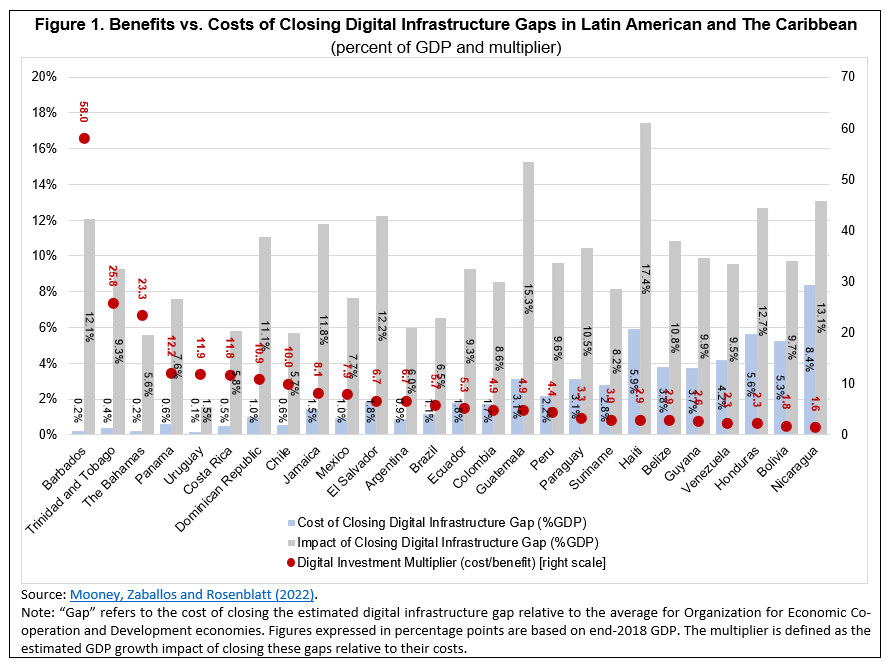What are the factors affecting the digitalization of the labor markets and the widening skills gap?
One + one (1+1) is not equal to successful digital transformation. Performance and cost are two key drivers of technological development. As transistors increasingly fit into smaller spaces, processing power is increased and energy efficiency improved, all at a lower cost for the end user, according to Moore’s Law. These developments have enhanced existing industries and increased productivity, and have also spawned whole new industries empowered by cheap and powerful computing.
Moore’s prediction has set the pace for innovation and development for over 50 years. This foresight laid a fertile foundation from which all modern technology could spring, including the broad rise of digitization and personal electronics. The inexpensive, ubiquitous computing rapidly expanding all around us is fundamentally changing the way we work, play, and communicate.
Can technology by itself take over?
The business implication of Moore’s law is that the steady doubling of computer power every 18 to 24 months, and its availability at a similar price point, means that businesses will see prices go down and performance go up for all manner of digital goods. Computer power is a driver for digital transformation and an opportunity to compete in different markets – but it is not just about technology. Research confirms that digital transformation initiatives are often challenging to implement, in both high and low technology sectors, and are often marked by very low success rates and little to no improvement in overall organization performance.
But why? Having these technologies available is only one part of the story. McKinsey’s research points to a set of factors that might improve the chances of a digital transformation. These factors fall into five categories: i) having the right, digital-savvy leaders in place, ii) building capabilities for the workforce of the future, iii) empowering people to work in new ways, iv) giving day-to-day tools a digital upgrade, and v) communicating frequently via traditional and digital methods.
Studies confirm that developing worker talent and skills throughout the organization—a fundamental action for traditional transformations—is one of the most important factors for success in a digital change effort. We could therefore say that there won’t be a sustainable digital transformation unless governments and companies design strategies with specific actions to reduce the digital gap in the work force. These two pillars are foundational for a proper transition towards a digital society, but they need to couple with the institutional framework that make the transition possible.
Technological adoption is here to stay…
Emerging studies confirm that COVID-19 has sped up technological adoption across many sectors and placed them light years ahead in terms of digital transformation. Overall, investments in innovation and advanced technology, are speeding up.
But Latin America and the Caribbean still faces some challenges to full adoption such as high-speed internet access, an essential driver of socioeconomic development.
Many citizens in our region spend more than 20% of their income to access broadband services, an amount that is 3% over the threshold recommended by the International Telecommunication Union for these services to be more widely accessible. This makes it incredibly difficult to see many of the gains of digital transformation in Latin America and the Caribbean.
How are we doing in Latin America and the Caribbean?
Recent research from the IDB suggests that there is considerable room for improvement in terms of access and availability of digital technologies across Latin America and the Caribbean, especially when seen in comparison to the world’s leading advanced economies.
While in many cases gaps between countries in the region and OECD economies are large, focused investment in related areas has the potential to yield large improvements in growth, productivity, and, by implication, development outcomes.

As highlighted in Figure 1 (above), this research suggests that for all countries in Latin America and the Caribbean, the benefits associated with closing digital infrastructure gaps in terms of cumulative increases in economic output (GDP) would outweigh the associated investment costs.
But such improvements in productivity and growth would require accompanying efforts to reskill and upskill the workforce, taking into account differing digital maturity levels across countries, so that both the public and private sectors can take full advantage of new technology.
1+1 is not equal to successful digital transformation…
Bridging digital infrastructure gaps goes hand in hand with reducing the skills gaps. The convergence of the fourth industrial revolution, unequal access to digital infrastructure and services, and the ongoing pandemic have also amplified the skills gaps and the urgency to fill those gaps.
The World Economic forum estimates that 85 million jobs are likely to be displaced worldwide by continuous advances in technological development, and 50% of all current employees will need reskilling by 2025. Deployment of digital technologies and reductions in digital infrastructure gaps are only one part of the story. The very technological advancements responsible for the changes to the workforce, are also key in creating new jobs and providing the tools needed to upskill and reskill current workers.
As our region reduces these infrastructure gaps, companies ought to embark on adopting new technologies, as digitization, automation, and AI reshape whole industries. And the only way to realize the potential productivity dividends from that investment will be to have the people and processes in place to capture it. Managing this transition well, in short, is not just a social good; it’s a competitive imperative.
Now hiring: Digital skilled and soft skilled workers needed…
It is fundamental to prepare for the coming skill shifts. Given the complexities of implementing the new technologies, companies will, of course, need people who can design the right algorithms and interpret the data. But they will also need so-called “softer” skills to do the work that machines cannot do.
Research suggests that demand for social and emotional skills will grow by about one-quarter by 2030, and we will also see a clear shift toward higher cognitive skills, including creativity and complex information processing. Critical thinking, and problem-solving skills must follow closely behind, while self-management skills are becoming commonplace for the 21st century workforce. Digital skills such as technology use, design, monitoring and control have become an essential attribute for the modern workforce, but most economies are failing to bridge the divide.
Like the digital infrastructure gap, the digital skills gap comes at a cost. Estimations suggest that by 2028, some advanced economies could miss out on $11.5 trillion of GDP growth if the digital skills gap is not addressed.
If investments in digital infrastructure is to result in double-digit GDP gains, then investment in relevant skills is needed to support these productivity gains.
To become more resilient and sustainable in the face of transitions, and maximize the return on technology investments, it is important to improve the way people work and to update their skills in order to take advantage of new technologies. Sustaining digital transformation goes hand in hand with developing the right talent and capabilities for digital transformation. Empowering people to work in new ways and providing the right tools to leverage innovation is the only way to move forward.


